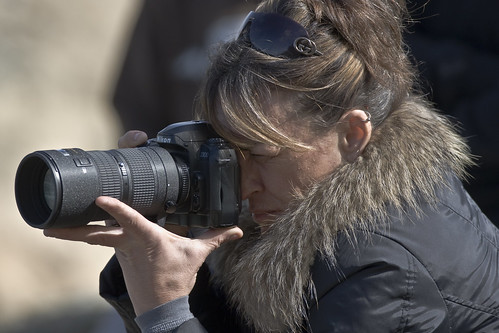Reassessing Opinion for Journalists
Staleness in the News

The look of televised news programs are similar from station to station. The basic news program consists of a lead anchor, or anchors, and a team of reporters who present prepared video and sound bites to the viewing audience.
ACLU Sues LA Sheriff's Department

Are security issues enough to prevent a picture from being taken? No, says the American Civil Liberties Union. In fact, they believe so strongly in the right to photography that they sued the Los Angeles County Sheriff's Department on Thursday, saying the law department has been harrassing both amateur and professional photographers who take pictures in public places.
The First Amendment Center published an Associated Press wire report on its website detailing the harrassment. According to the report, sheriff's deputies have harrassed many different photographers within two years, by stopping them, frisking, and in some cases threatening arrest. The photographers in each case had been taking pictures of public buildings, parks, and facilities. The problem with that, according the deputies, was that taking pictures of public spaces is a sign of a possible terrorist threat. One photographer was even asked if he was "in cahoots with Al Qaida" before being frisked.
Has it really gotten to the point that all photography of public spaces is suspicious? Then, wow, we have a lot of trouble. Teachers taking pictures of class trips to the zoo. College students taking pictures of their first trip to Washington D.C. Middle school students taking pictures in the gym at their public school dance. The difference between these scenarios and the cases being described is simple: the photographers are alone. They stand out.
Photography of high-risk public property is not itself a threat, and should not be treated as one. The ACLU has a list of photographer's rights on their website and advice on what to do if you are stopped or detained while taking photographs. Freedom of speech is not limited to simply the freedom of speaking or writing. It provides the freedom to see.
Photo/Mike Baird, creativecommons.org